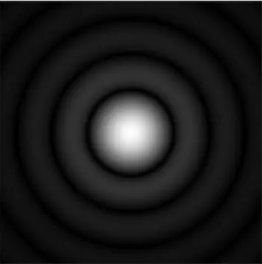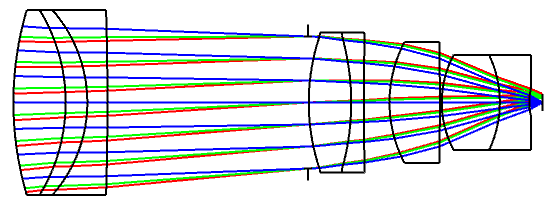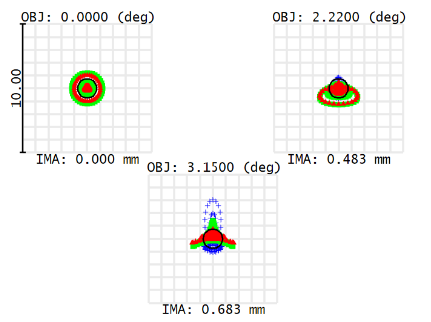If an optical system converts a diverging spherical wave into a converging spherical wave, the system is referred to as a diffraction-limited system. In this case, the optical system has no aberrations. From the perspective of physical optics, because the diameter of the aperture stop is finite, only a portion of the spherical wave within the aperture passes through the optical system, leading to a loss of information. As a result, the center of the converging wave is no longer a point but an Airy disk.

From the above diagram, it can be seen that the center of the Airy disk is a bright circular spot, surrounded by a series of weaker alternating bright and dark concentric rings. Using the first dark ring as a measure of the Airy disk’s spread, we can obtain:

In the above equation, NA is the numerical aperture, and F is the f-number. An optical system with a small field of view and aperture, which has been precisely designed and meticulously manufactured, and whose performance approaches that of a diffraction-limited system, is referred to as a near-diffraction-limited system.
For example, an optical system of a 20X plan achromatic microscope objective. As follows,

Its point spread function (PSF) is as follows:

The size of the blur spot is very close to that of the Airy disk, indicating that the performance of this microscope objective is near the diffraction limit. This means that the objective is capable of resolving fine details with minimal aberrations, and its imaging quality is primarily limited by diffraction rather than imperfections in the lens design or manufacturing.
Bena Optics is dedicated to advanced optical system design, undertaking various optical design projects, system assembly, and testing.